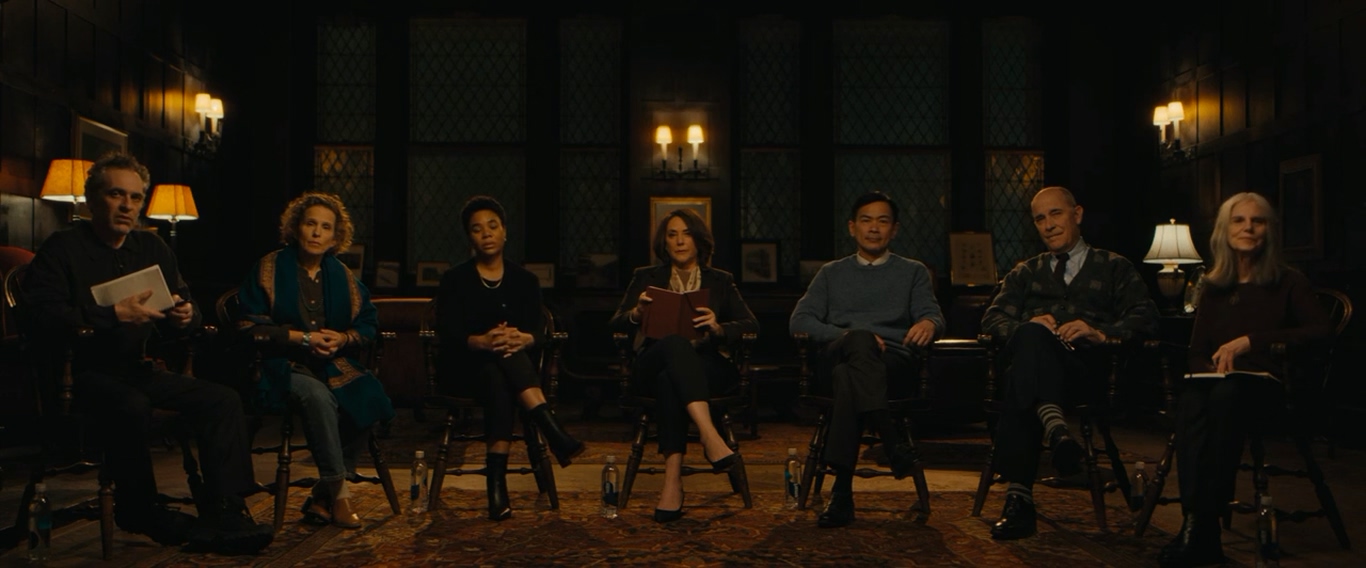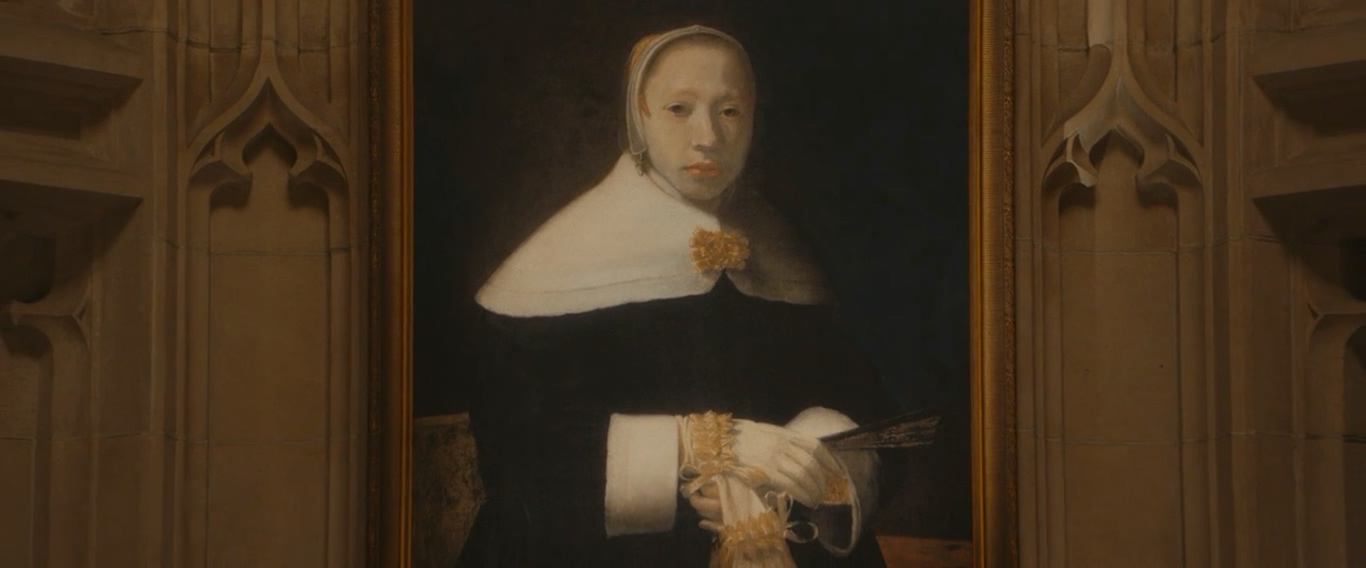Mariama Diallo weaves an intricate tale of mystery, witchcraft, and tension in the sobering psychological thriller ‘Master.’ The story follows three women, a student, a professor, and a housemaster/professor, charting the racial undercurrents in an institution of privilege. While Gail discovers maggots in her room, freshman Jasmine hears rumors about her dorm room being haunted.
Complete with a bleak and twisty ending, the on-your-nose approach of the story attempts to cut through the pretense of inclusion in such institutions. On the other hand, its supernatural allures are often too overwhelming, backed by adequate use of color. However, you may wonder whether the story has any semblance to reality. In that case, let us indulge.
Is Master a True Story?
No, ‘Master’ is not based on a true story. Although the story’s concern about racial injustice being prevalent in esteemed higher educational institutions in the country may have some truth, the story does not claim to be historical documentation. Mariama Diallo directed the film from her own script and story, and the Sundance US Drama Competition entry is the director’s feature debut.

If you are looking on the map for a New England university named Ancaster, we would be sorry to dissuade you. The name, possibly a wordplay on “Lancaster,” is a fabrication. However, while writing the story, the director mostly borrowed from her own troublesome Ivy League experience. Like Jasmine in the movie, she also had a “master” whose memory inspired the story. Moreover, while drawing the character sketches, Diallo took inspiration from real-life figures, sometimes down to the names.
The director also sought to project the hollowness of activism in these institutions. During her stay in the college studying liberal arts, the director recalled there being a “glut of ‘inclusivity’ seminars and student groups.” However, they often beat around the bushes, rather than addressing the real problem. Struggles get diluted in jargon. The bitterness led her to add the segment about the “Ancaster Alliance for an Inclusive Future.”
As it takes place shortly after the burning of the cross, the hypocrisy seems all the more striking. While Ancaster, with its history of a witch trial, remains a fiction, it indicates a history of racial injustice in educational institutions. Statistics from a New York Times analysis show that the number of African-American freshmen enrolling into elite schools remain unchanged since 1980.
While 15 percent of the college-age demography, black students amount to no more than 6 percent in the privileged institutions. The pattern is prevalent in the Hispanic community as well. In their case, the gap between the college-age populace and the students enrolling in the universities remains at an all-time high. Despite the so-called “Affirmative Action,” the statistics say that the education system in the country has failed people of color.
All of it should sound archaic late in the twenty-first century. In 1954, in Brown v. Board of Education of Topeka, the U.S. Supreme Court officially outlawed racial prejudice from schools, despite white protests, especially in the Antebellum south. In 1962, James Meredith entering the University of Mississippi as the first black person led to another series of protests, but we have come far from the time. However, as the film suggests, change is impossible with certain families occupying the corridors of power.
Read More: Where Was Master (2022) Filmed?

